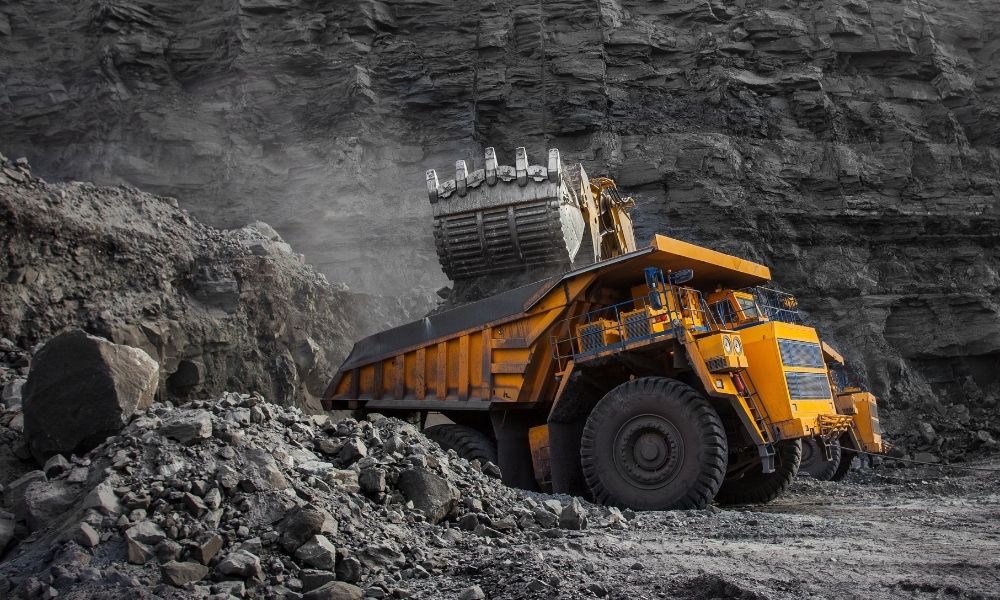Neglected tools can lead to unnecessary wear and tear that can reduce productivity at the job site. But you can easily prevent expensive damage to your machinery by scheduling regular maintenance that will improve efficiency, specifically in the form of a higher digging and grading performance with maintained ground engaging tools.
Ground engaging equipment is exceedingly durable and a necessity for excavations and construction sites. It’s vital to keep them working to the best of their ability. Find out more about the importance of maintaining ground engaging equipment here.
Visual Inspection
Regular maintenance inspections are an effective way to spot worn parts before they begin to interfere with performance. Machinery operators can do a daily visual checklist to spot problems such as:
- Uneven wear and tear to edges, adaptors, or buckets
- Loose or absent hardware, such as adaptor covers or bolts
- Cracks or damage to welded areas
Visual inspections can help determine wear patterns, as well, which can be vital if there is a more optimal solution for preventing damages. Analyzing wear patterns can spot whether an operator is mishandling the equipment, if there could be a better tool for the terrain, or if the wear and tear is to be expected.
Prevention
If you notice any damage or wear, it’s vital to replace or repair parts as soon as possible. Acting fast can help minimize downtime. Even though you will incur some costs from repairing or replacing parts and temporarily halting work, waiting will result in more extended downtimes and more expenses.
Keeping spare parts, such as bucket teeth, that often see damage onsite can help expedite the repair process and prevent the temptation of working with compromised parts. Supervisors should train operators and other workers on how to replace or repair compromised components.
Replacement Schedules
The various parts of ground engaging equipment have recommended replacement schedules; it’s essential to stick to these guidelines to prevent damage. Operators and engineers can also rotate equipment parts and bits to extend the lifespan, but again, you can avoid costly expenses by adhering to the manufacturer’s recommendations.
Understanding the importance of maintaining ground-engaging equipment can help lower costs incurred from extended downtimes, prevent expensive repairs, and improve performance at the job site.
Find out more about maintaining and replacing construction equipment wear parts by exploring the blogs at Cast Steel Products!

